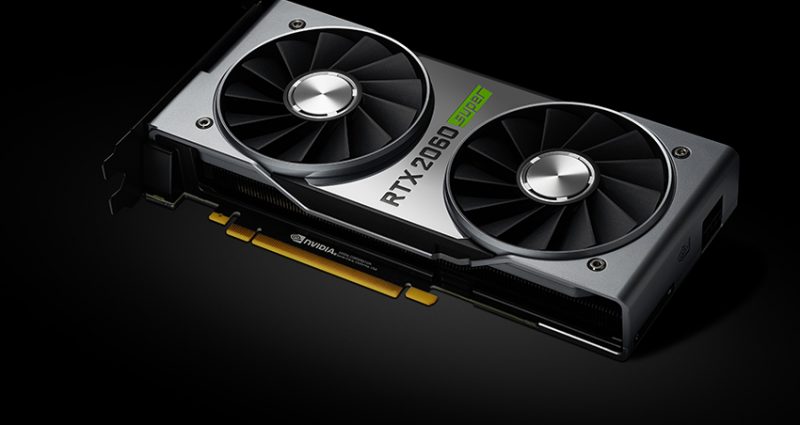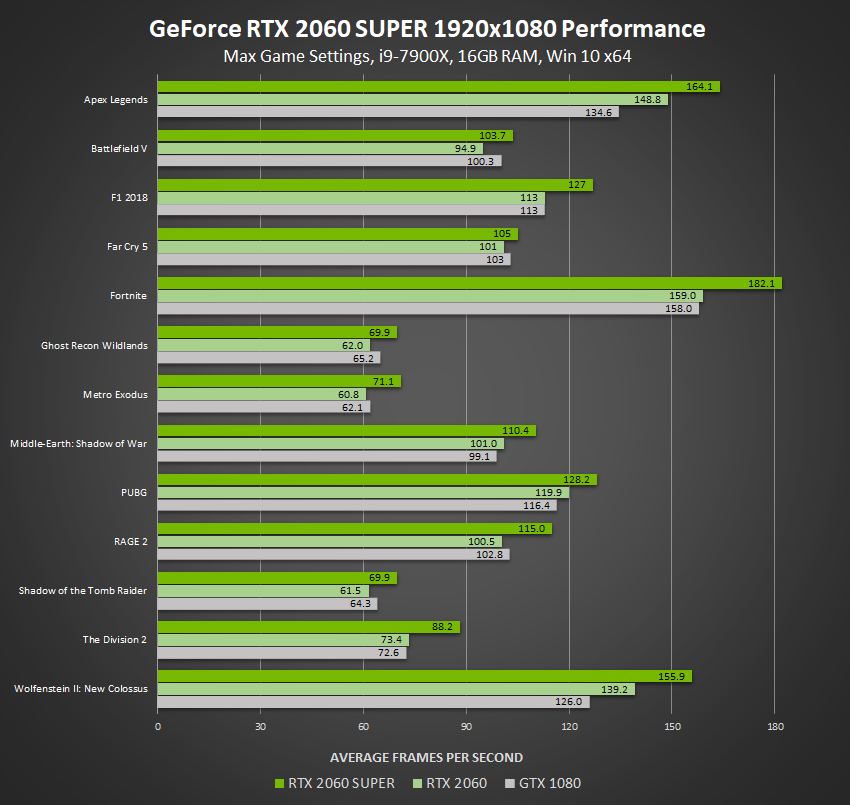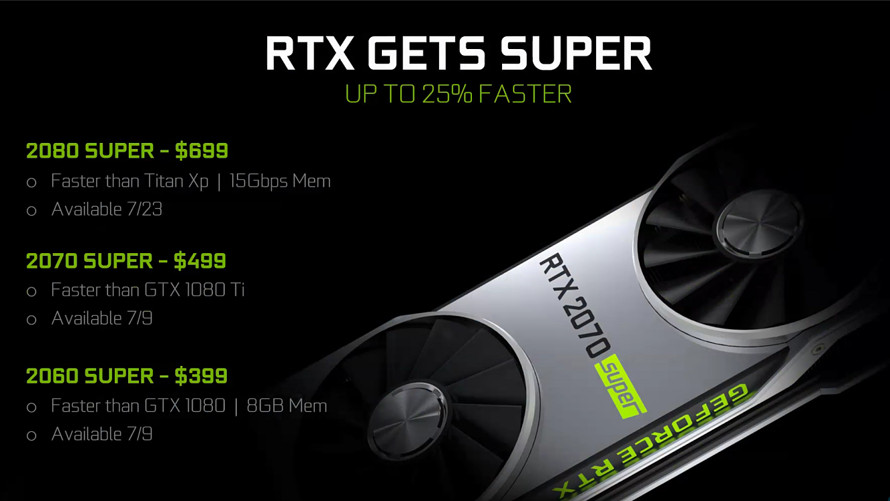
Speed is probably one of the best deal breakers to a lot of things and stuff. Be it with cars or processors, speed is one of the factors that consumers always take in mind. Same as with gaming cards.
Many types of gaming cards have been witnessed by dedicated gamer, fans and a like throughout the years thus offering a wide range of choices to pick from. Two big companies in the form of NVIDIA and Advanced Micro Devices Inc. (also known as AMD) were really slugging it out to be the leading provider in the market.

NVIDIA will release the super cards next week which features the realistic lighting and shading plus a real-time ray tracing which is first in the industry. The series includes the RTX 2060 Super cards, RTX 2070 Super cards which will be both available for the public on July 9 for $399 and $499 respectively. The 2080 Super cards meanwhile will be released on 23rd of July which is worth $699.

This is the after NVIDIA’s rival AMD announced their own newest line of gaming chipset last month with Radeon RX 5000 series.
The detailed features of NVIDIA’s latest line of gaming chipset is read as: (from their official website)
- Architectural improvements that increase the efficiency of Turing-architecture GPUs by 1.4x compared to our previous-gen Pascal architecture, delivering unmatched performance per watt, and cooler, quieter gaming
- Ray Tracing Cores (RT Cores) for programmable ray tracing acceleration, making real-time ray tracing a reality, at 60 FPS+, with high levels of detail
- Tensor Cores that accelerate AI tasks and game performance
- GDDR6 VRAM and increased cache that delivers the bandwidth and capacity to enjoy high resolution gaming with maximum performance
- Concurrent Float and INT calculations that improve performance in the latest games
- Variable Rate Shading, part of the NVIDIA Adaptive Shading technique, which accelerates performance in Wolfenstein: Youngblood and other titles. And support for Mesh Shading, Texture Space Shading and other advanced shading techniques that enable developers to craft more detailed and realistic worlds
